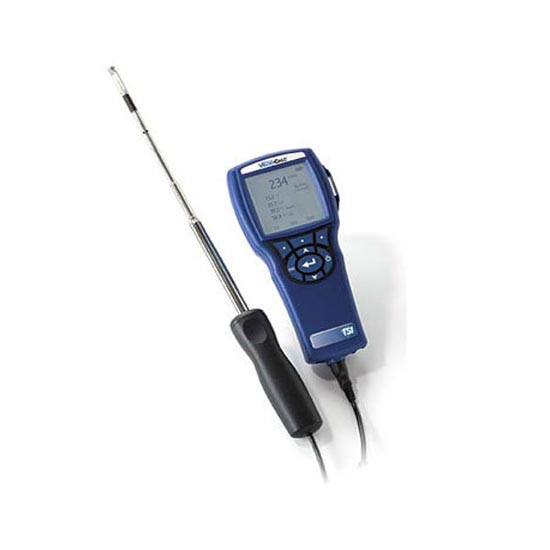Air velocity meter as it’s clear from its name is a device that is used to measure the speed of the wind. These are commonly known by the term anemometer. These devices are very helpful in determining the airspeed and volume in that particular area. Also, you can identify the direction of the wind blowing. As the cups attached to the rod can rotate in clockwise as well as anticlockwise directions, you can determine the direction of the wind moving in that area.
This device is beneficial to the meteorological department to forecast the weather depending on the pressure with which the wind is blowing. Or to get information on whether it is safe to go out or should people stay inside their house due to the harsh climate. One of its applications is that it can be used to predict whether it will rain or not.
Components of the anemometer
The device contains a lot of smaller components and units, that work together to provide a person with the information required to understand the weather or climatic conditions. The mechanisms of the anemometer are simple. It contains only two parts. Four cups that rotate, and the main shaft that holds the rotating cups.
These four cups or concave units are attached to the rod in such a way that the total movement of the cups is not limited. The cups are placed horizontally in the same plane at an equal distance from each other. When the wind blows the arrangement of cups rotates. And the rotation speed gives out the speed of the wind blowing.

Different types of anemometers.
There are commonly four types of anemometers. Those are:
- Vane Anemometers
- Thermal Anemometers
- Thermal Anemometers with Velocity
- Cup Anemometers
Further, the anemometers are classifieds as constant temperature anemometers and constant power anemometers.
Why constant temperature anemometers are preferred over constant pressure anemometers?
Features of the constant temperature anemometer are listed below. those are:
- Response to high frequency.
- Less electronic noise.
- Hotfilm sensor compatibility.
- Applicable for gas or liquid flow.
- Protection against sensory burnout.
As compared to the constant temperature, the constant pressure one is less popular. Let’s see why.
- The feedback system is not provided.
- Temperature is proportional to the rate of airflow.
- Moreover, the zero-flow value is not stable.
- Response to the temperature as well as the velocity of the anemometer is slow.
These are the drawbacks why constant temperature air velocity meter singapore is preferred.

























